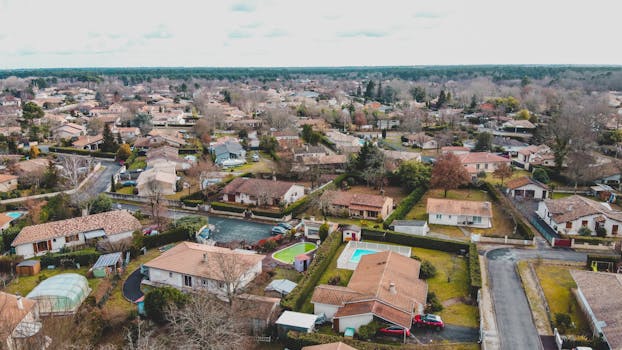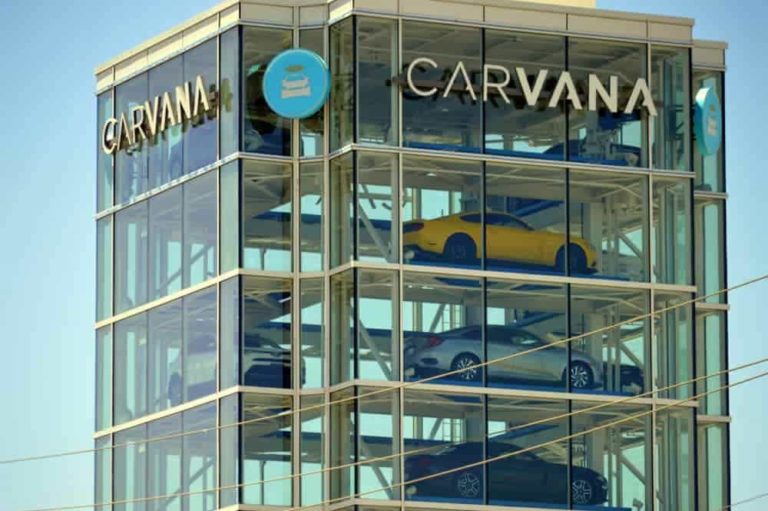
Urban Green Spaces: The Future of Outdoor Living in European Cities by 2025
Urban Green Spaces are revolutionizing the way we live and interact with our surroundings in European cities. As we move towards a more sustainable and environmentally conscious future, these spaces will play a vital role in shaping the future of outdoor living in cities by 2025.
Introduction to Urban Green Spaces
Urban green spaces refer to areas in cities that are dedicated to vegetation, water, and other natural elements. These spaces can range from small parks and gardens to large forests and wetlands. Urban green spaces provide numerous benefits, including improved air quality, reduced noise pollution, and increased biodiversity.
Benefits of Urban Green Spaces
Urban green spaces offer a wide range of benefits for residents and the environment. Some of the most significant advantages include:
- Improved mental and physical health: Spending time in nature has been shown to reduce stress, improve mood, and boost cognitive function.
- Increased social interaction: Urban green spaces provide opportunities for people to meet, socialize, and build community.
- Environmental benefits: Urban green spaces help to mitigate the urban heat island effect, reduce stormwater runoff, and provide habitats for wildlife.
- Economic benefits: Urban green spaces can increase property values, attract tourism, and support local businesses.
The Future of Urban Green Spaces in European Cities
By 2025, urban green spaces will be an integral part of European cities. As cities continue to grow and urbanize, the importance of these spaces will only continue to increase. Some of the trends that will shape the future of urban green spaces include:
- Sustainable design: Urban green spaces will be designed with sustainability in mind, incorporating green infrastructure, renewable energy, and eco-friendly materials.
- Community engagement: Urban green spaces will be designed to engage and involve local communities, providing opportunities for participation, education, and empowerment.
- Innovative technologies: Urban green spaces will incorporate innovative technologies, such as smart sensors, green roofs, and vertical farming, to optimize their performance and impact.
- Integration with urban planning: Urban green spaces will be integrated into urban planning, ensuring that they are strategically located, well-maintained, and accessible to all.
Case Studies: Successful Urban Green Spaces in European Cities
There are many examples of successful urban green spaces in European cities. Some notable case studies include:
- The High Line in London: A former industrial area turned into a vibrant public park, featuring gardens, public art, and stunning views of the city.
- The Park de la Villette in Paris: A large public park that incorporates green spaces, water features, and cultural attractions, providing a unique and engaging experience for visitors.
- The Superkilen in Copenhagen: A public park that celebrates diversity and inclusivity, featuring a wide range of plants, trees, and cultural artifacts from around the world.
These case studies demonstrate the potential of urban green spaces to transform cities, improve quality of life, and promote sustainability. By learning from these examples, cities can create their own successful urban green spaces, shaping the future of outdoor living in European cities by 2025.






